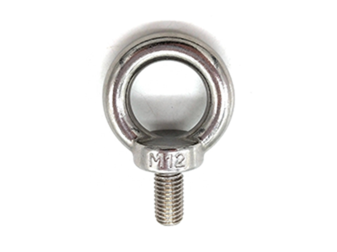Nov . 11, 2024 11:28 Back to list
what is a hex nut
What is a Hex Nut?
A hex nut, commonly known in engineering and construction fields, is a type of fastener that is characterized by its six-sided shape—hence the name hex. These nuts are integral in providing a secure connection between two or more components. Often paired with a bolt, a hex nut's design allows it to easily be tightened with tools such as wrenches and sockets, making it a fundamental element of mechanical and structural assemblies.
Structure and Design
The basic design of a hex nut includes a central hole that is internally threaded, allowing it to fit snugly onto the external threads of a bolt. The six flat sides provide a wide area for grip, enabling effective torque application. This design helps in preventing slippage during tightening and loosening, thus ensuring a stable connection.
Hex nuts come in various sizes, grades, and materials, which makes them suitable for different applications. The standard measurement is usually given in terms of the width across the flats (WAF) and can vary from small sizes used in electronics to larger sizes employed in heavy machinery.
Materials and Finishes
Hex nuts can be made from a variety of materials including steel, stainless steel, brass, and plastic. Steel hex nuts are often galvanized or coated to enhance their corrosion resistance, making them suitable for outdoor and industrial environments. Stainless steel hex nuts offer even higher resistance to rust and deterioration. The choice of material and finish depends upon the application requirements, including load-bearing capacity, environmental exposure, and aesthetics.
Applications
Hex nuts are used in a vast range of applications across multiple industries. In construction, they are vital for anchoring beams to foundations, securing furniture, and in the assembly of various structural components. In the automotive industry, hex nuts are critical for fastening engine components, suspensions, and bodies of vehicles.
Not only are they prevalent in heavy-duty applications, but hex nuts also find their place in everyday household items, such as furniture assembly kits and home improvement projects. Their versatility and reliability make them a preferred choice in numerous applications.
what is a hex nut

Variants of Hex Nuts
While the standard hex nut is widely used, there are several variants that cater to specific needs. Some notable types include
1. Castle Nuts These nuts feature a series of slots to accommodate a cotter pin. They are often used in automotive applications to prevent loosening due to vibrations.
2. Lock Nuts These are designed with a nylon insert or with a deformed thread to prevent the nut from loosening over time.
3. Wing Nuts With two protruding 'wings,' these nuts can be tightened by hand, making them useful for applications requiring frequent adjustments.
4. Acorn Nuts Shaped like a rounded dome, these nuts provide a finished look while also protecting the threads from damage.
Conclusion
Hex nuts are an essential component in both everyday and industrial applications. Their simple design belies their importance, and their ability to provide secure fastening in various environments is unmatched. As technology and engineering continue to evolve, so too will the design and application of hex nuts, ensuring their place as a reliable fastener for generations to come.
When working with hex nuts, it is vital to select the correct size and type for the intended application, as this will directly affect the integrity and safety of the assembly. With their cost-effectiveness and ease of use, hex nuts continue to be a staple in engineering solutions worldwide.


